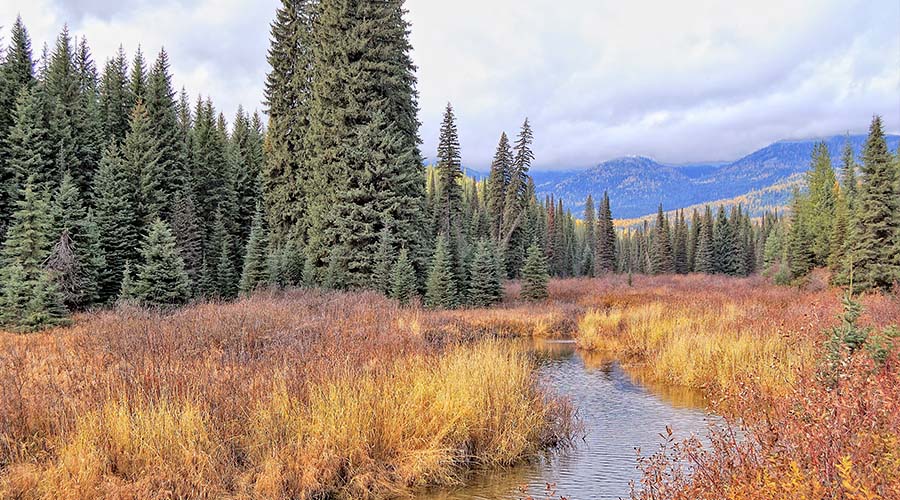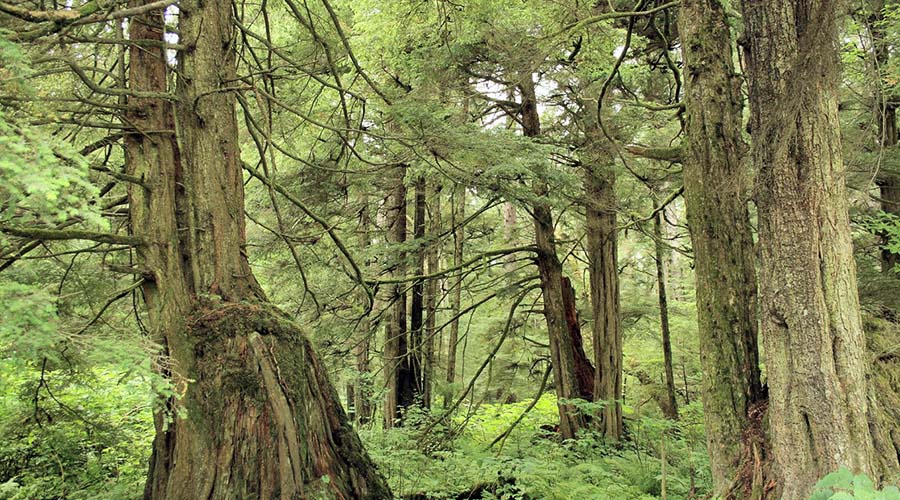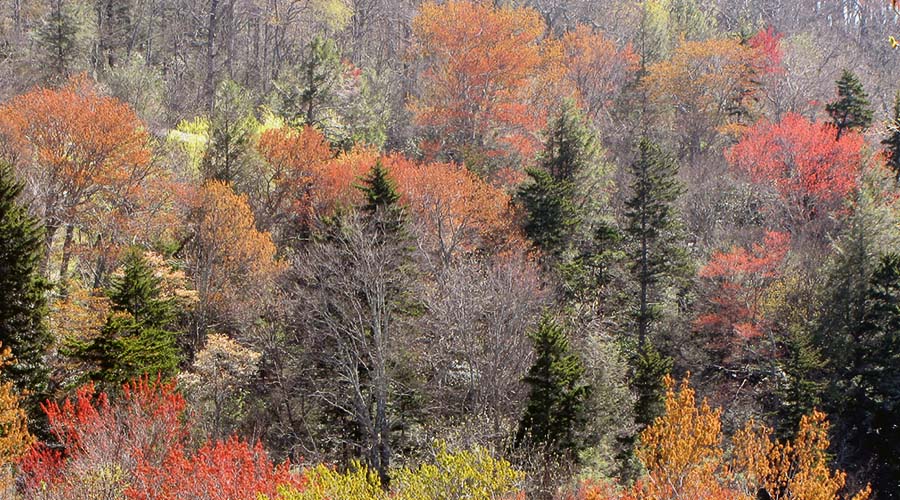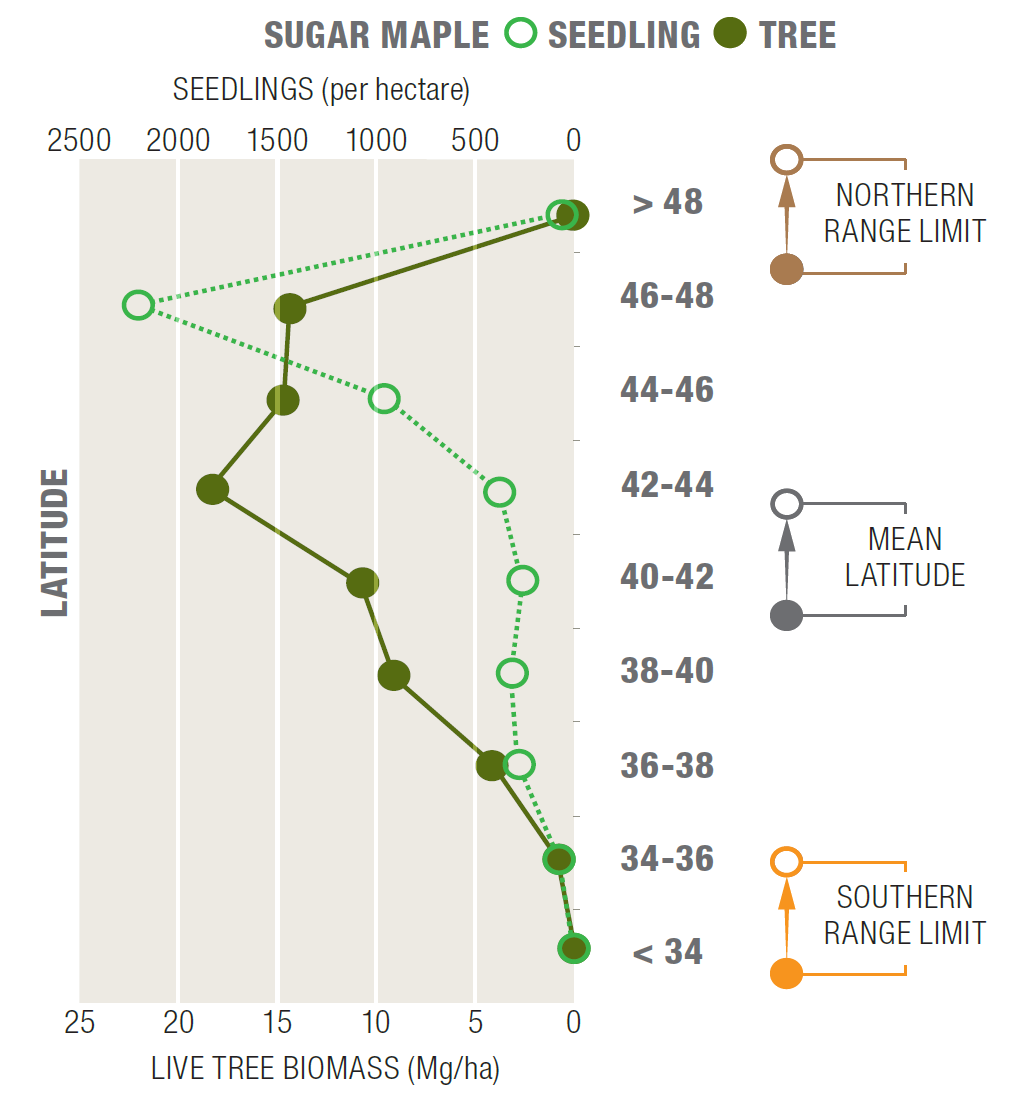TREES ON THE MOVE
Consultants
Matthews, S.N.; Iverson, L.R.; Prasad, A.M.;. Peters, M.P; Woodall, C.W.
General References
Iverson, L.R.; Prasad, A.M.; Matthews, S.N.; Peters, M.P. 2011. Lessons learned while integrating habitat, dispersal, disturbance, and life-history traits into species habitat models under climate change. Ecosystems. 14:1005–1020.
Matthews, S.N.; Iverson, L.R.; Prasad, A.M.; Peters, M.P.; Rodewald, P.G. 2011. Modifying climate change habitat models using tree species-specific assessments of model uncertainty and life history factors. Forest Ecology and Management. 262:1460–1472.
Williams, J.W.; Shuman, B.N.; Webb, T.; Bartlein, P.J.; Leduc, P.L. 2004. Late-quaternary vegetation dynamics in North America: Scaling from taxa to biomes. Ecological Monographs. 74:309–334.
Woodall, C.; Oswalt, C.M.; Westfall, J.A.; Perry, C.H.; Nelson, M.D.; Finley, A.O. 2009. An indicator of tree migration in forests of the eastern United States. Forest Ecology and Management. 257: 1434–1444.
Maps
Iverson, L.R.; Prasad, A.M.; Matthews, S.N.; Peters, M.P. 2008. Estimating potential habitat for 134 eastern US tree species under six climate scenarios. Forest Ecology and Management 254: 390–406. http://www.treesearch.fs.fed.us/pubs/13412 (June 1, 2016).
Prasad, A.M.; Iverson, L.R.; Matthews, S.N.; Peters, M.P. 2007-ongoing. A Climate Change Atlas for 134 Forest Tree Species of the Eastern United States. Delaware, OH: Northern Research Station, USDA Forest Service. [database]. http://www.nrs.fs.fed.us/atlas/tree (June 1, 2016).
Williams, J.W., et al. 2003. Late Quaternary North American Vegetation Dynamics Data. IGBP PAGES/World Data Center for Paleoclimatology. Data Contribution Series # 2003–089. NOAA/NGDC Paleoclimatology Program, Boulder CO, USA. Available online at ftp://ftp.ncdc.noaa.gov/pub/data/paleo/pollen/na_gridded/ [Unknown].
Graph
Woodall, C.; Oswalt, C.M.; Westfall, J.A.; Perry, C.H.; Nelson, M.D.; Finley, A.O. 2009. An indicator of tree migration in forests of the eastern United States. Forest Ecology and Management. 257: 1434–1444.
Icon
Sugar Maple fruit: Linda R. Smith; Public domain
Photographs
Engelmann spruce: Joe Rocchio, flickr; personal e-mail
Western hemlock: John, flickr.com
American beech: Dan Mullen, flickr.com
Sugar maple: Blue Ridge Kitties, flickr.com
Shortleaf pine: Kyle Spradley, MU College of Agriculture, Food and Natural Resources, flickr.com
Mixed forest types: Blue Ridge Kitties, flickr.com






